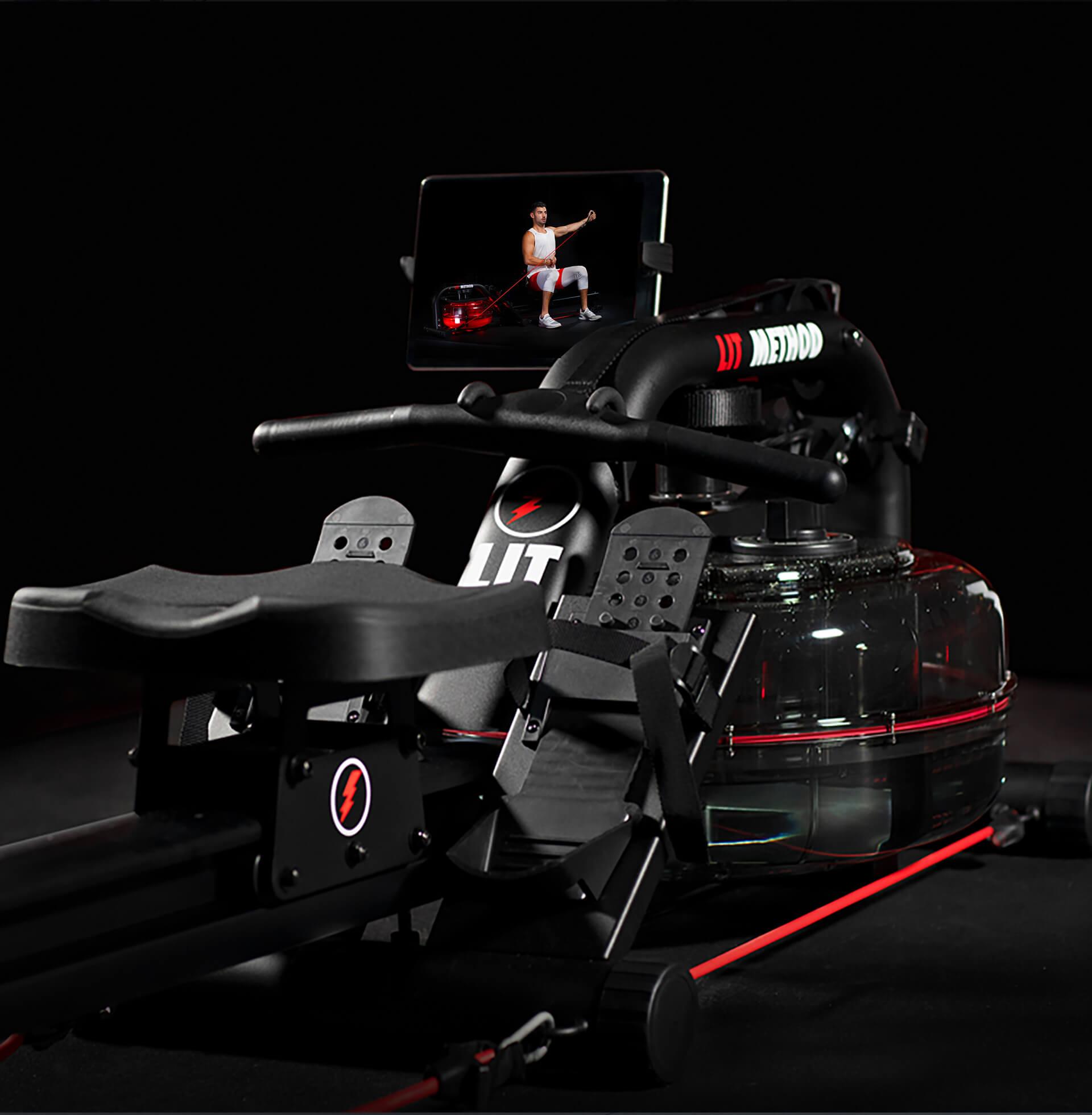Running is one of the most accessible and rewarding forms of exercise, but many runners find themselves hitting a plateau when it comes to speed and technique. Whether you’re a seasoned marathoner aiming to shave precious minutes off your personal best or a novice looking to improve your performance, refining your running speed and technique is crucial. In this article, we will delve into proven strategies and expert tips to help you enhance your running efficiency, boost your speed, and minimize the risk of injury. Prepare to unlock your full potential and take your running to the next level with our comprehensive guide.
Optimizing Your Running Form for Maximum Efficiency
To achieve optimal efficiency in your running form, focus on maintaining a relaxed posture and ensuring your body is aligned correctly. Here are some essential tips to consider:
- Head Position: Keep your head up and eyes looking forward. This helps to maintain a straight spine and prevent unnecessary strain on your neck.
- Shoulders: Relax your shoulders and avoid hunching. Tension in the shoulders can lead to wasted energy and fatigue.
- Arms: Swing your arms naturally at a 90-degree angle. Ensure they move forward and backward, not across your body, to maintain balance and momentum.
- Core: Engage your core muscles to stabilize your torso. A strong core helps in maintaining an upright posture and reduces the risk of injury.
- Stride: Aim for a mid-foot strike rather than landing on your heels. This can improve your running economy and reduce impact forces on your joints.
By incorporating these adjustments into your routine, you can enhance your running efficiency, conserve energy, and ultimately improve your speed and technique.
Incorporating Interval Training to Boost Speed
Interval training is a powerful method to enhance your running speed by incorporating short bursts of high-intensity effort followed by recovery periods. This type of training not only boosts cardiovascular fitness but also improves muscle strength and endurance. Here’s how you can effectively integrate interval training into your routine:
- Warm-Up: Begin with a 10-minute jog to get your muscles ready and to increase your heart rate gradually.
- High-Intensity Intervals: Run at 85-95% of your maximum effort for 30 seconds to 2 minutes. Focus on maintaining good form and technique.
- Recovery Periods: Follow each high-intensity interval with a recovery jog or walk for 1-3 minutes, allowing your heart rate to decrease.
- Repeat: Aim for 4-8 sets depending on your fitness level. As you progress, you can increase the number of sets or the duration of the high-intensity intervals.
- Cool Down: End your session with a 10-minute jog or walk, followed by stretching to prevent injury and aid recovery.
Consistency is key. Incorporate interval training into your schedule 1-2 times a week and observe how your speed and endurance improve over time.

Strength Training Exercises to Enhance Running Power
To maximize your running power and efficiency, incorporating targeted strength training exercises is essential. These exercises focus on key muscle groups that drive your stride and stabilize your body during your run. Here are some highly effective strength training exercises:
- Squats: Build your quadriceps, hamstrings, and glutes, essential for powerful strides.
- Lunges: Enhance balance and strength in your legs, improving overall running stability.
- Deadlifts: Strengthen your posterior chain, including the lower back, glutes, and hamstrings, crucial for propulsion.
- Calf Raises: Target the calf muscles to increase push-off power and improve running economy.
- Planks: Develop core strength, providing a stable foundation for efficient running form.
Incorporate these exercises into your routine two to three times a week, ensuring proper form and gradually increasing intensity. By doing so, you’ll notice significant improvements in your running power and speed.

Nutrition and Hydration Strategies for Peak Performance
Maximizing your running potential requires careful attention to what you consume. Begin with a balanced diet rich in complex carbohydrates, lean proteins, and healthy fats to fuel your body efficiently. Prioritize meals like oatmeal with nuts and fruits, grilled chicken with quinoa, and avocado toast. Hydration is equally crucial; aim for at least 8-10 cups of water daily, adjusting for climate and intensity. Incorporate electrolyte-rich beverages during long runs to maintain balance.
- Pre-Run Fuel: Consume a small, easily digestible meal 30-60 minutes before your run. Opt for a banana or a slice of whole-grain toast with peanut butter.
- Post-Run Recovery: Replenish energy stores with a mix of protein and carbs. A smoothie with spinach, protein powder, and berries is an excellent choice.
- Daily Hydration: Carry a water bottle throughout the day to ensure you’re consistently hydrated, reducing the risk of fatigue.





